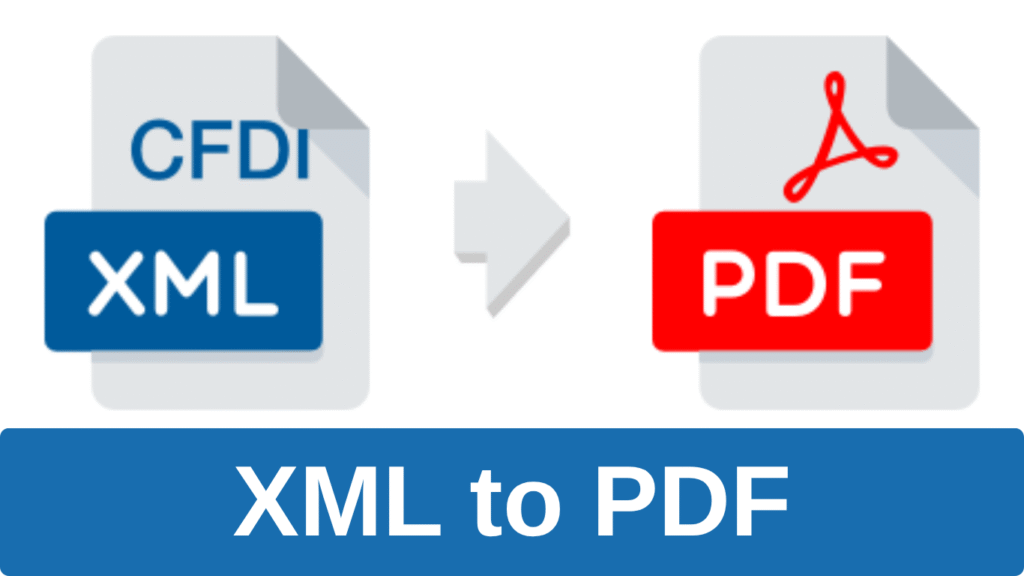XML to PDF Converter
PDF Preview
Made with ❤️ by XML2PDF Converter | Drag & Drop XML files supported!
XML to PDF Conversion: A Comprehensive Guide to Effortless File Transformation
In today’s data-driven world, XML (eXtensible Markup Language) plays a crucial role in storing and transporting structured information across different systems. However, XML files, while excellent for machine readability, are not ideal for end users who want to view or share the data in a polished, professional format. This is where converting XML to PDF becomes invaluable.

Understanding XML and PDF Formats
What is XML?
XML is a markup language designed to store and transport data in a hierarchical and structured manner. It uses custom tags defined by the user or industry standards to describe data fields, making it flexible and extensible for a variety of applications — from web services to document storage.
XML is a markup language designed to store and transport data in a structured and readable format. Learn more about XML on the W3C official website for technical standards and specifications.
What is PDF?
PDF (Portable Document Format) is a file format developed by Adobe that preserves the formatting, fonts, and graphics of a document regardless of the device or software used to open it. PDFs are widely used for official documents, reports, forms, and other content meant for viewing and printing.
Why Convert XML to PDF?
While XML excels at data interchange between systems, it lacks a fixed layout and can be hard to read without appropriate software or styling. Converting XML to PDF addresses these issues by:
To reduce file size after conversion, tools like Adobe Acrobat’s PDF optimizer or Ghostscript are highly effective.
- Enhancing Readability: PDFs present data in a visually appealing, formatted way that’s easy for humans to read.
- Enabling Universal Access: PDFs can be opened on almost all devices without requiring XML-specific software.
- Providing Document Security: PDFs support encryption, digital signatures, and password protection.
- Ensuring Consistent Presentation: PDF files maintain their design and layout regardless of platform or device.
Methods of Converting XML to PDF
1. Using XSLT and XSL-FO
For structured, customizable PDF generation, the most powerful and flexible approach involves using XSLT (Extensible Stylesheet Language Transformations) and XSL-FO (Formatting Objects):
- XSLT transforms the XML data into an XSL-FO file, which is an XML document describing how the content should be formatted.
- An XSL-FO processor (such as Apache FOP or RenderX) then converts the XSL-FO file into a PDF document.
This approach is highly customizable and used for complex documents like invoices, reports, and catalogs but requires technical knowledge in XML and stylesheet design.
2. Using Online Conversion Tools
For non-technical users or quick conversions, there are numerous online tools that accept XML uploads and return PDF documents. These tools vary in:
- Support for XML schema (whether they can handle your specific XML structure)
- Customization options (ability to control the output layout)
- File size limits and privacy policies
3. Desktop Software Solutions
Several desktop applications offer built-in XML to PDF conversion features, often integrated with XML editing capabilities. Examples include:
- Oxygen XML Editor: Professional tool supporting XSLT and XSL-FO with PDF output.
- Adobe Acrobat: Supports importing XML in combination with stylesheets.
- Altova StyleVision: Designed for XML publishing, including PDF generation.
These tools are suited for businesses and users needing repeatable, automated conversions with layout control.
Best Practices for Effective XML to PDF Conversion
Validate Your XML
Before conversion, always validate your XML against its schema (XSD) to ensure the data structure is correct, which prevents errors during transformation.
Design Effective Stylesheets
For XSLT/XSL-FO based conversions, designing clean, maintainable stylesheets is key. This includes:
- Defining clear templates for each XML element.
- Applying styles for fonts, colors, margins, and pagination.
- Testing outputs with sample XML data for accuracy.
Optimize Output PDFs
Large or complex PDFs can be compressed or optimized for faster loading and sharing. Tools like Adobe Acrobat or Ghostscript can help reduce file size without sacrificing quality.
Automate Conversion Workflows
For enterprises handling large volumes of XML data, automation using batch scripts or integration into existing software systems can save time and reduce errors.
Use Cases for XML to PDF Conversion
- Invoicing and Billing: Automatically generate customer invoices from XML order data.
- Reporting: Convert XML-based reports into shareable PDF documents.
- Catalogs and Brochures: Format product data stored in XML for print-ready catalogs.
- Forms and Certificates: Generate official certificates or forms from XML data dynamically.
Conclusion
Converting XML to PDF transforms raw, structured data into a polished, easy-to-share format essential for business communications, documentation, and reporting. Whether you choose advanced stylesheet-based methods or user-friendly online tools, understanding the strengths of each approach helps you select the best solution tailored to your needs
